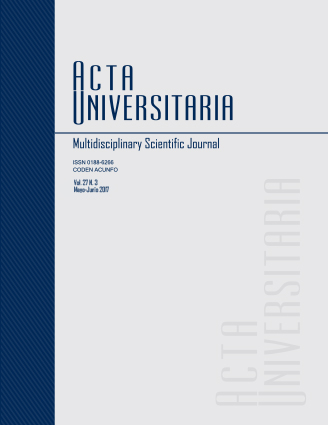Migration and sociocultural transformation: landscape as a model for mobility
Published 2017-08-02
Keywords
- Geografía Humana,
- Paisaje,
- Migración,
- Transformaciones socioculturales
- Human geography,
- landscape,
- migration,
- sociocultural transformations.
How to Cite
Abstract
Modern society is characterized by increasing flows of both people and groups, who transport their cultures from one place to another. Landscapes, or the spatial element of human geography, demarcates the emotional environment and provides evidence for social transformations. The aim of this paper is to explain the influence of cultural dynamics on the sense of belonging in expatriate communities, as well as its consequences on the construction and meaning of ways of seeing, thinking and feeling about landscapes by migrants. Finally, the discussion supports the importance of using landscape as a tangible and non-tangible model for cultural transformation caused by mobility. Therefore, landscapes may be considered as a unit of spatial analysis for understanding the cultural implications of migration.

